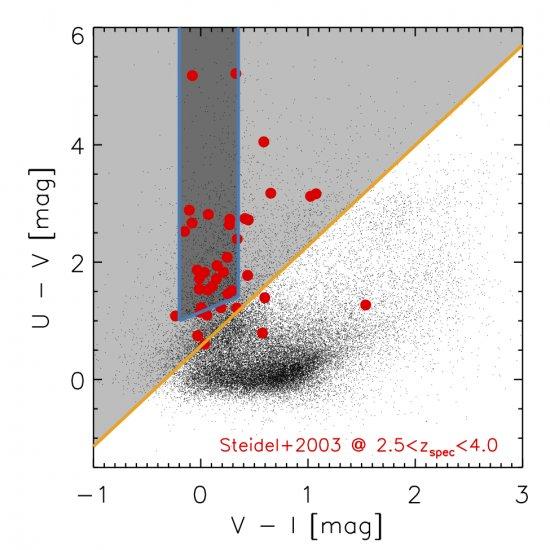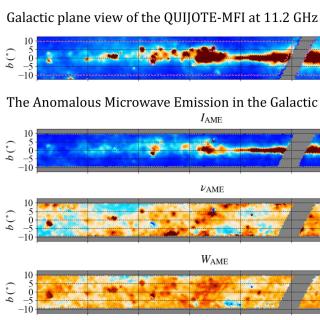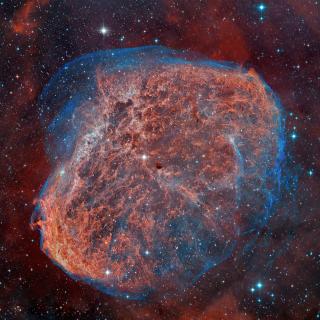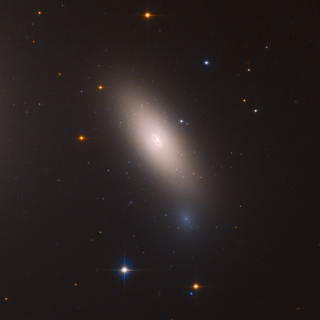Lyman break galaxies (LBGs) represent one of the kinds of star-forming galaxies that are found in the high-redshift universe. The detection of LBGs in the FIR domain can provide very important clues on their dust attenuation and total star-formation rate (SFR), allowing a more detailed study than those performed so far. In this work we explore the FIR emission of a sample of 16 LBGs at z ~ 3 in the GOODS-North and GOODS-South fields that are individually detected in PACS-100um or PACS-160um. These detections demonstrate the possibility of measuring the dust emission of LBGs at high redshift. We find that PACS-detected LBGs at z ~ 1 are highly obscured galaxies which belong to the ultra-luminous or hyper-luminous IR galaxy class. Their total SFR cannot be recovered with the dust attenuation factors obtained from their UV continuum slope or their SED-derived dust attenuation employing Bruzual & Charlot (2003) templates. Both methods underestimate the results for most of the galaxies. Comparing with a sample of PACS-detected LBGs at z ~ 1 we find evidence that the FIR emission of LBGs might have changed with redshift, in the sense that the dustiest LBGs found at z ~ 3 have more prominent FIR emission, are dustier for a given UV slope, and have higher SFR for a given stellar mass than the dustiest LBGs found at z ~ 1.
Selection window employed to look for our LBGs at z ~ 3 (light grey shaded zone). Black dots are the complete sample of galaxies in the Capak et al. (2004) photometric catalog. Red filled dots represent the sample of LBGs spectroscopically confirmed to be
Advertised on
References



